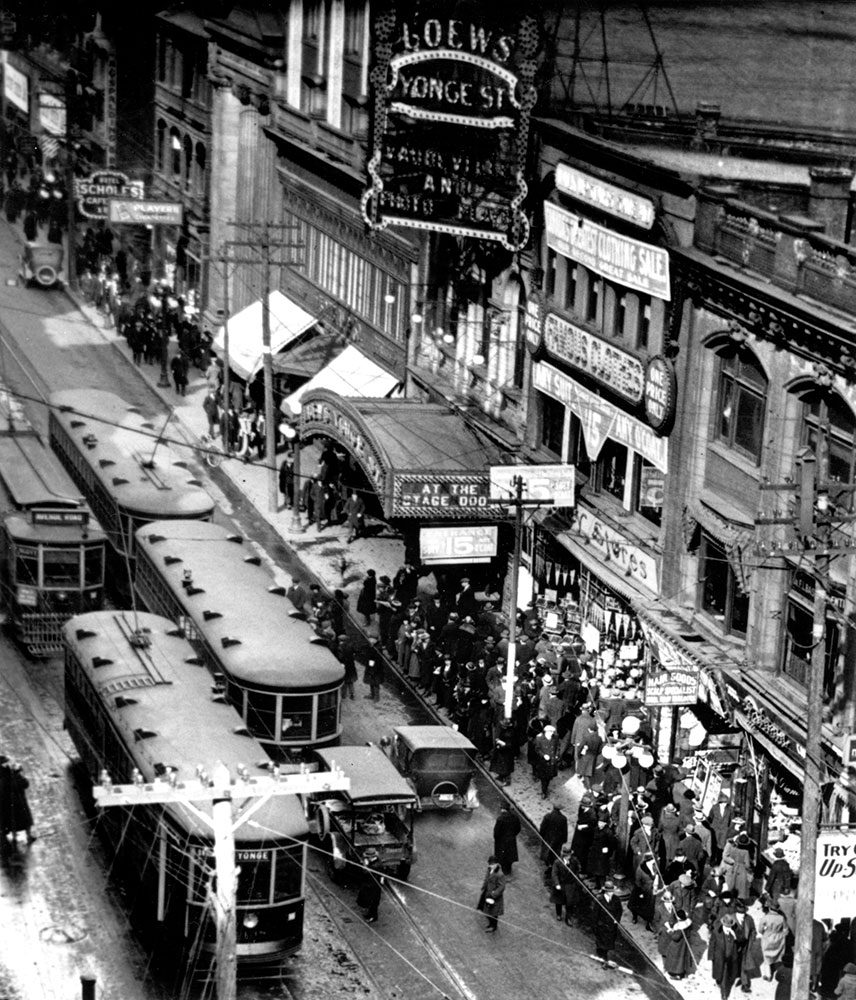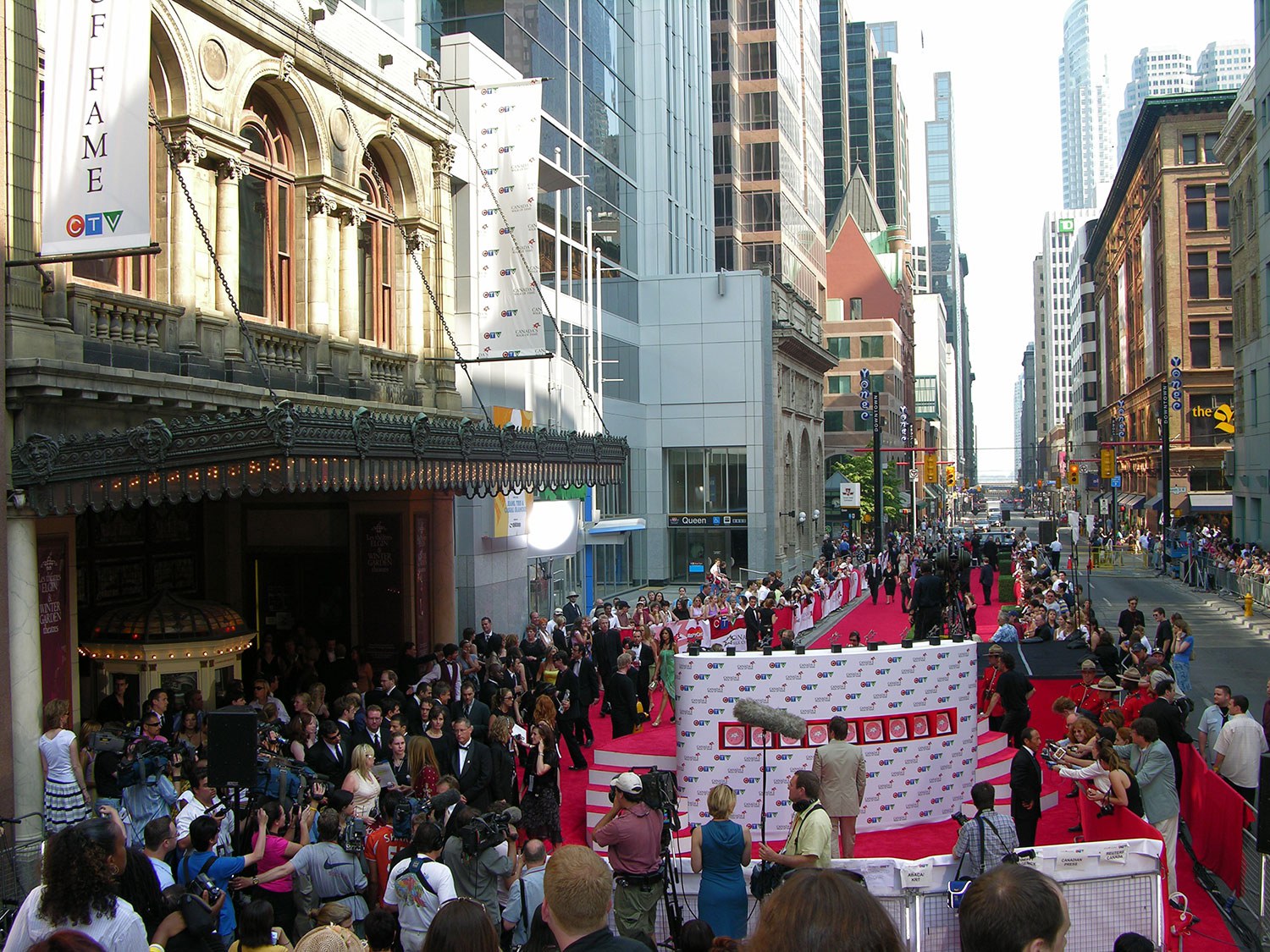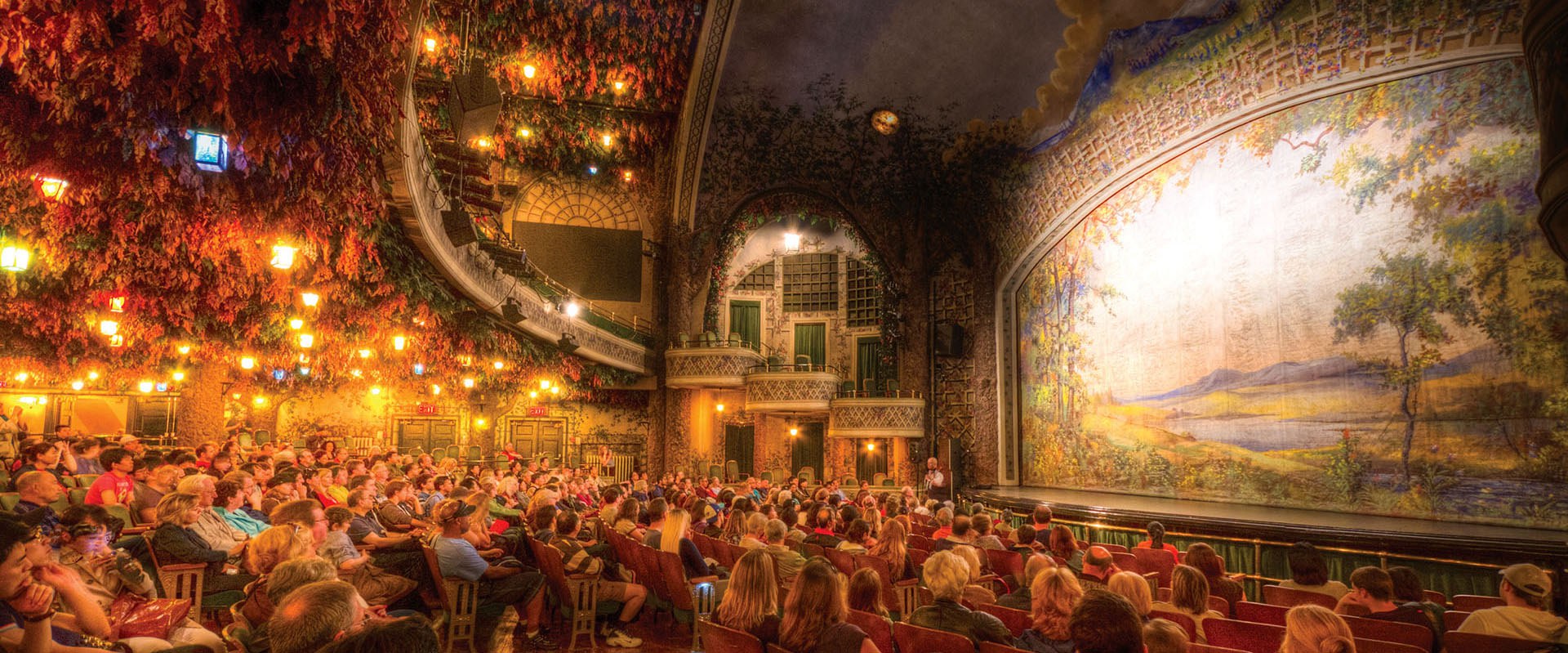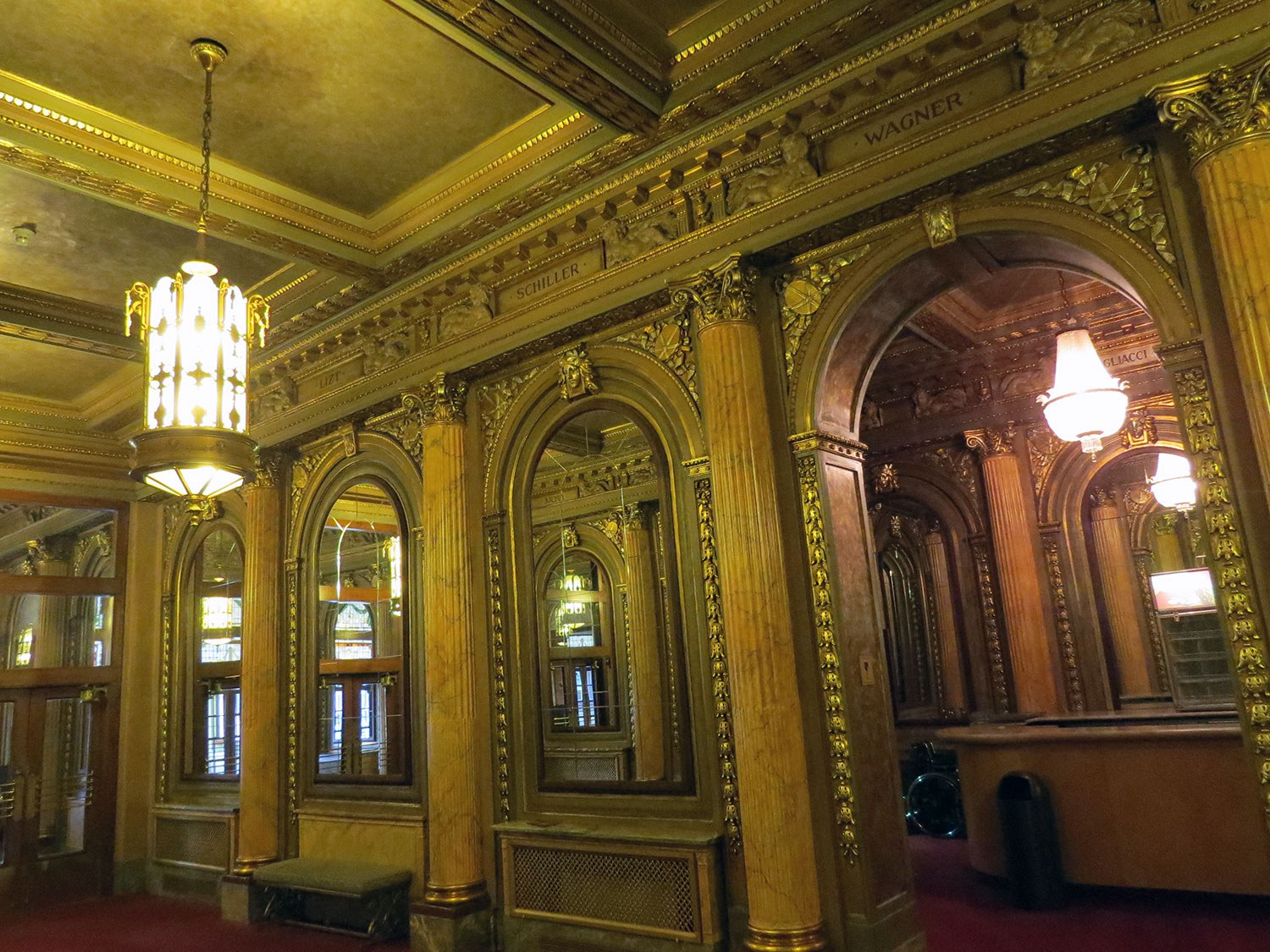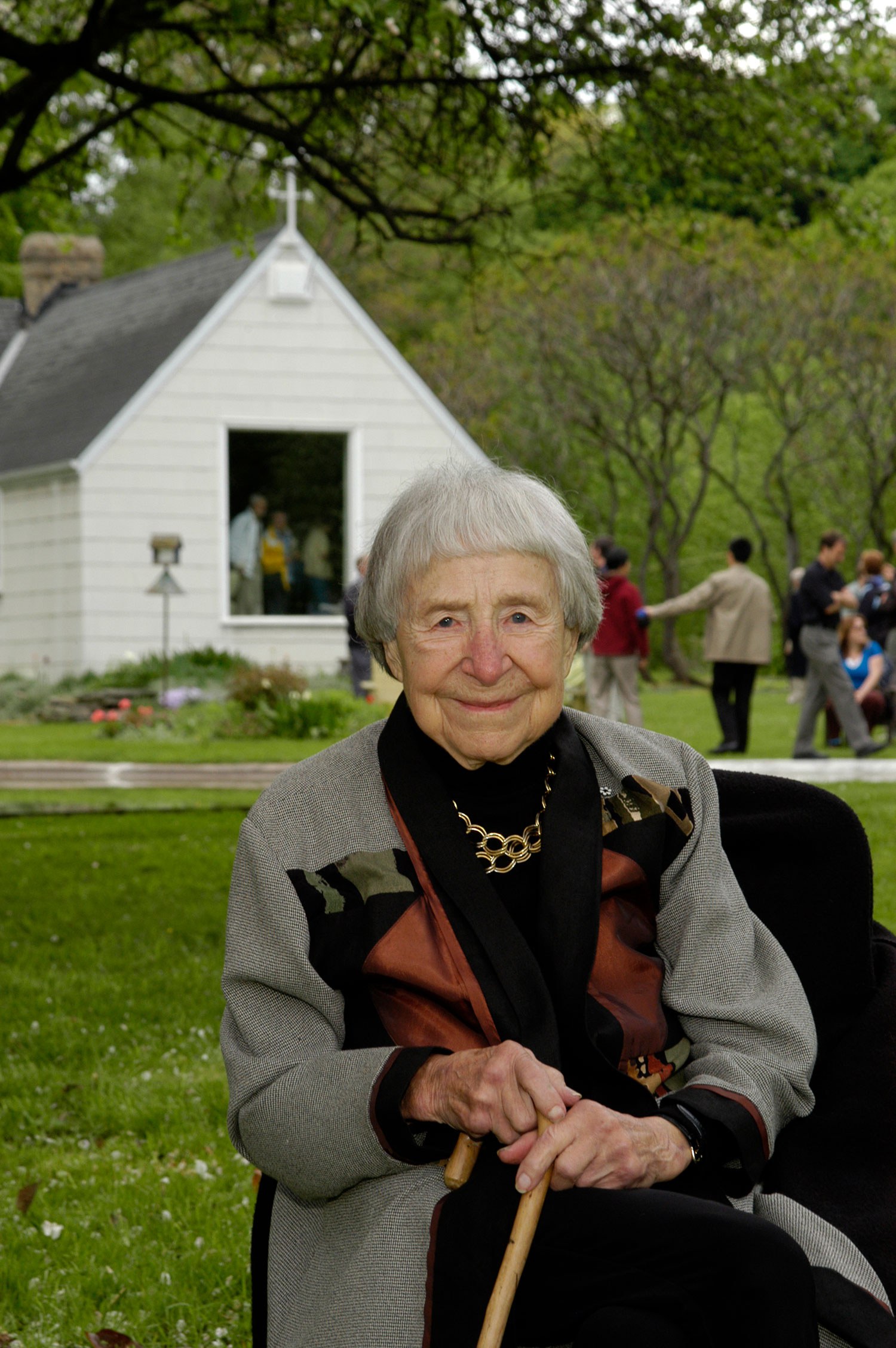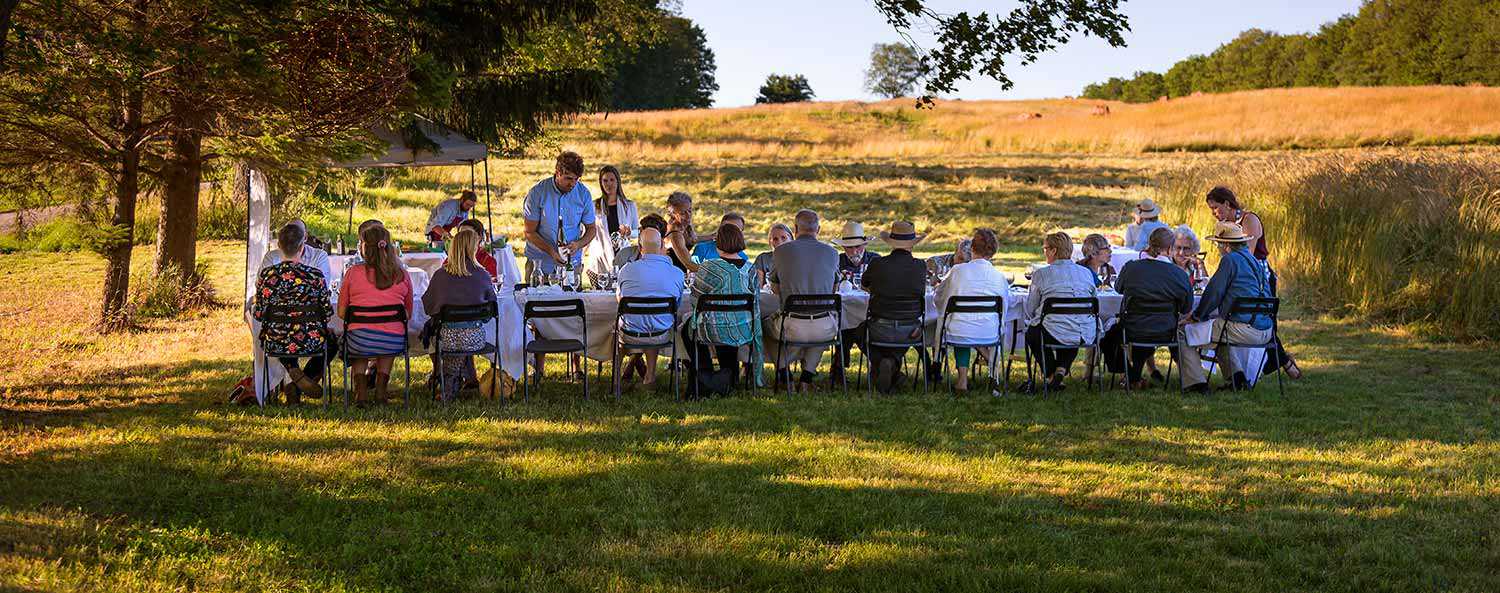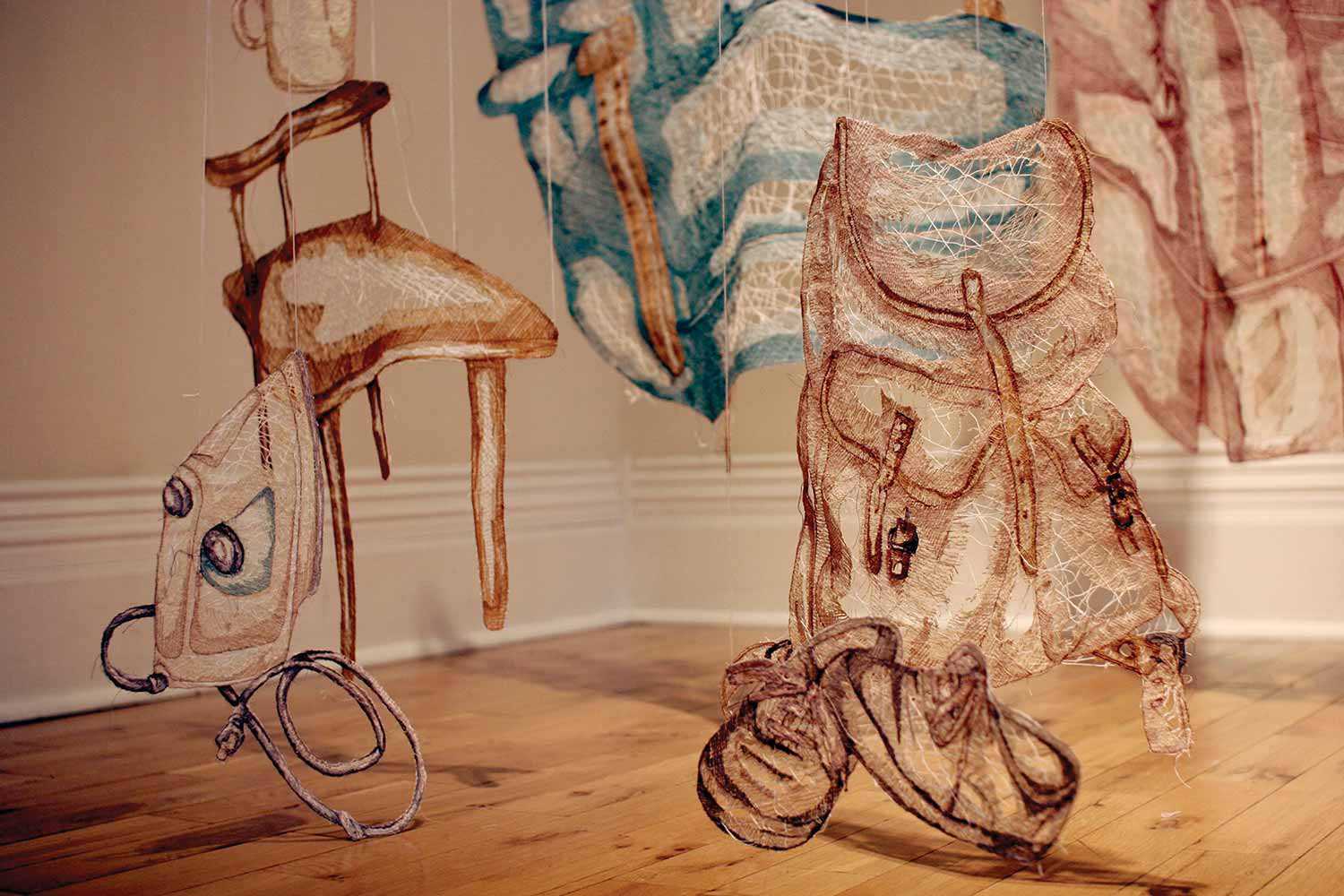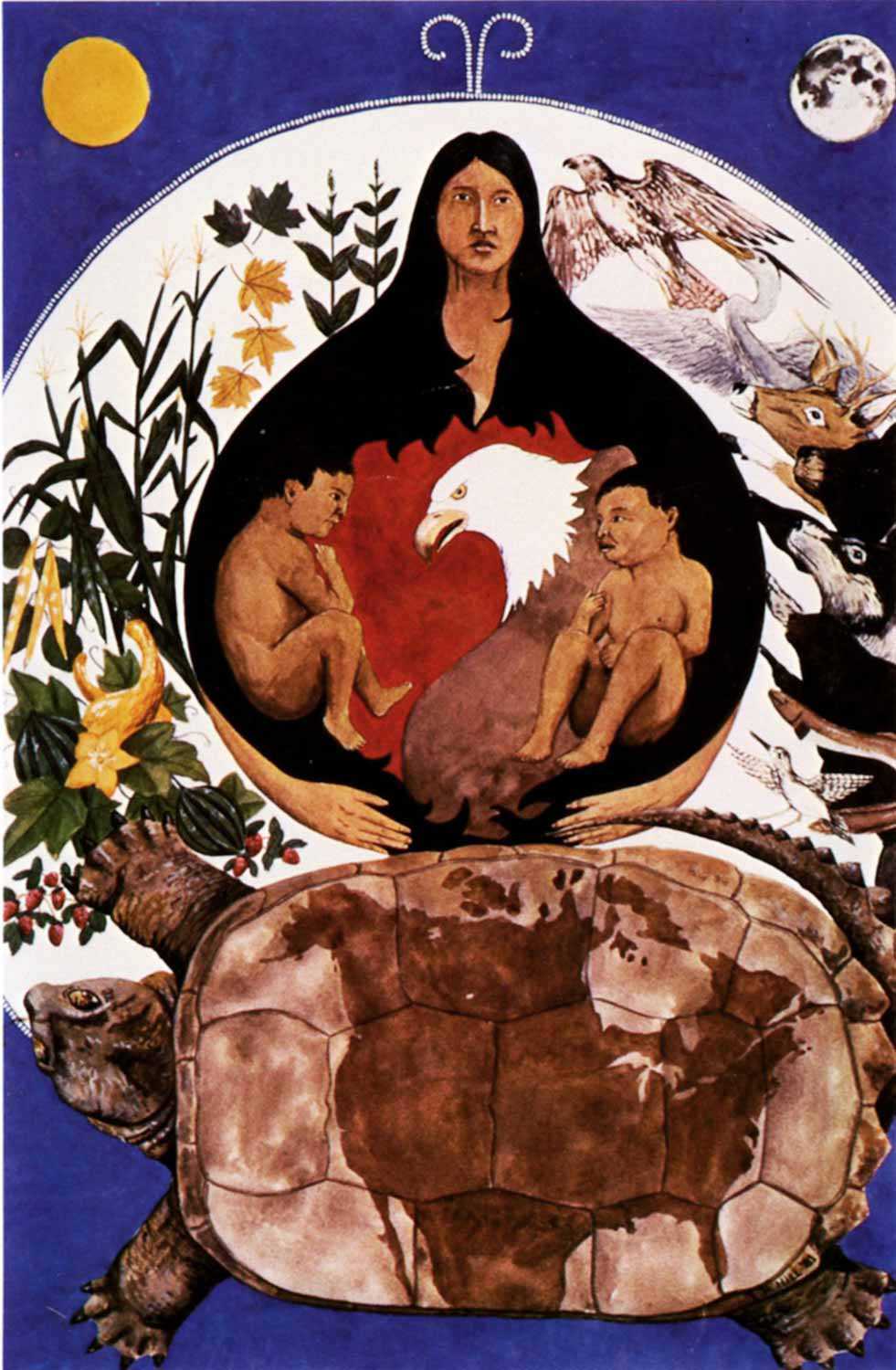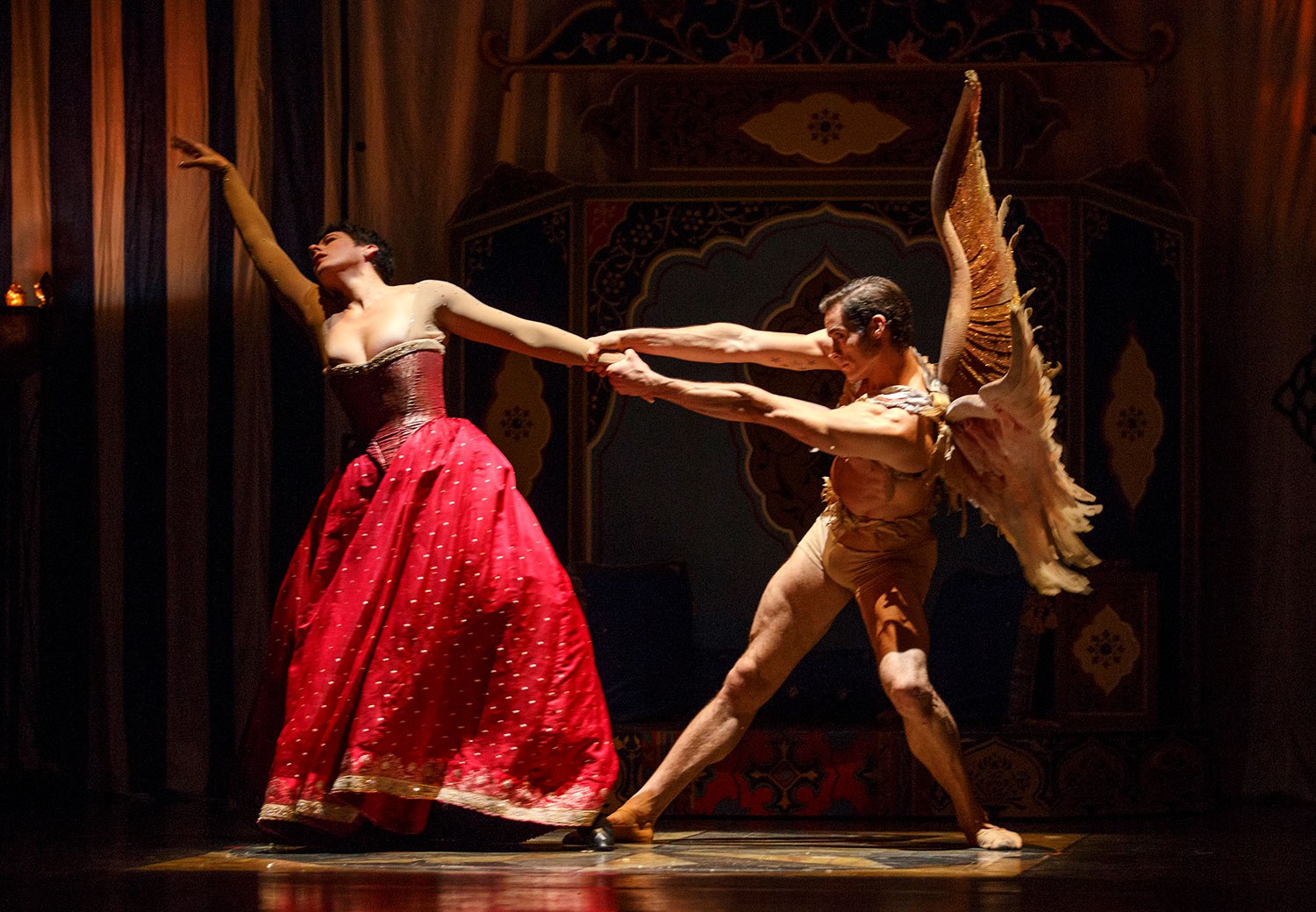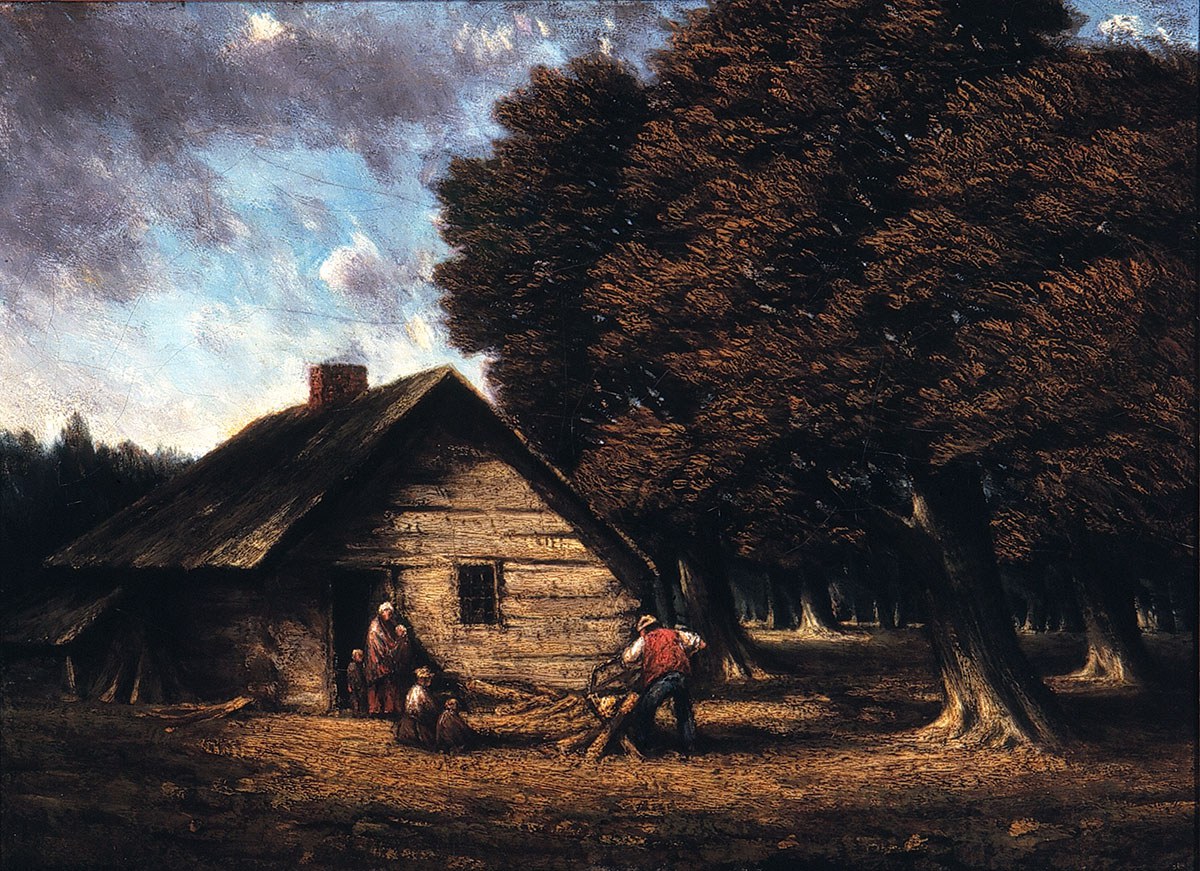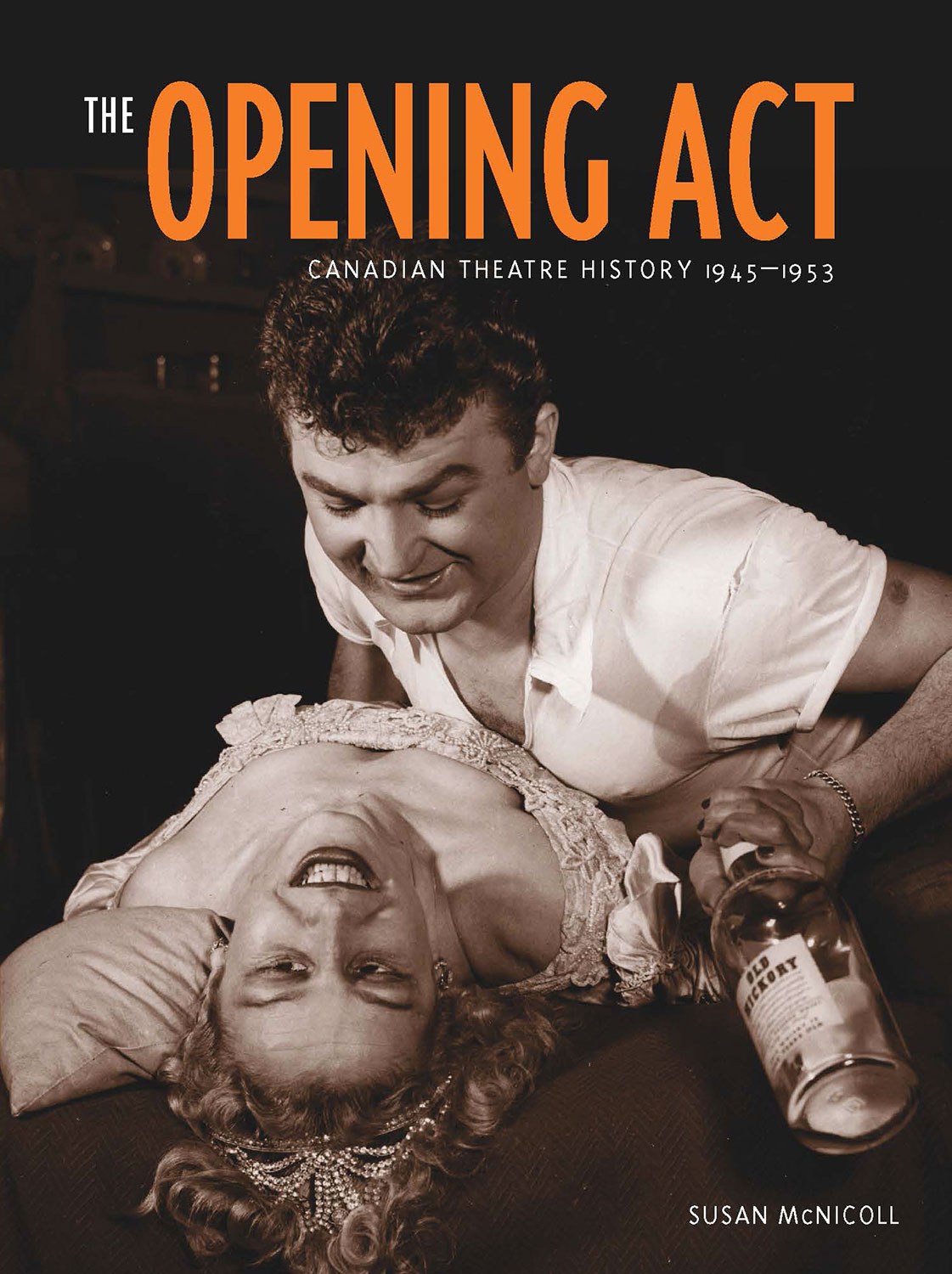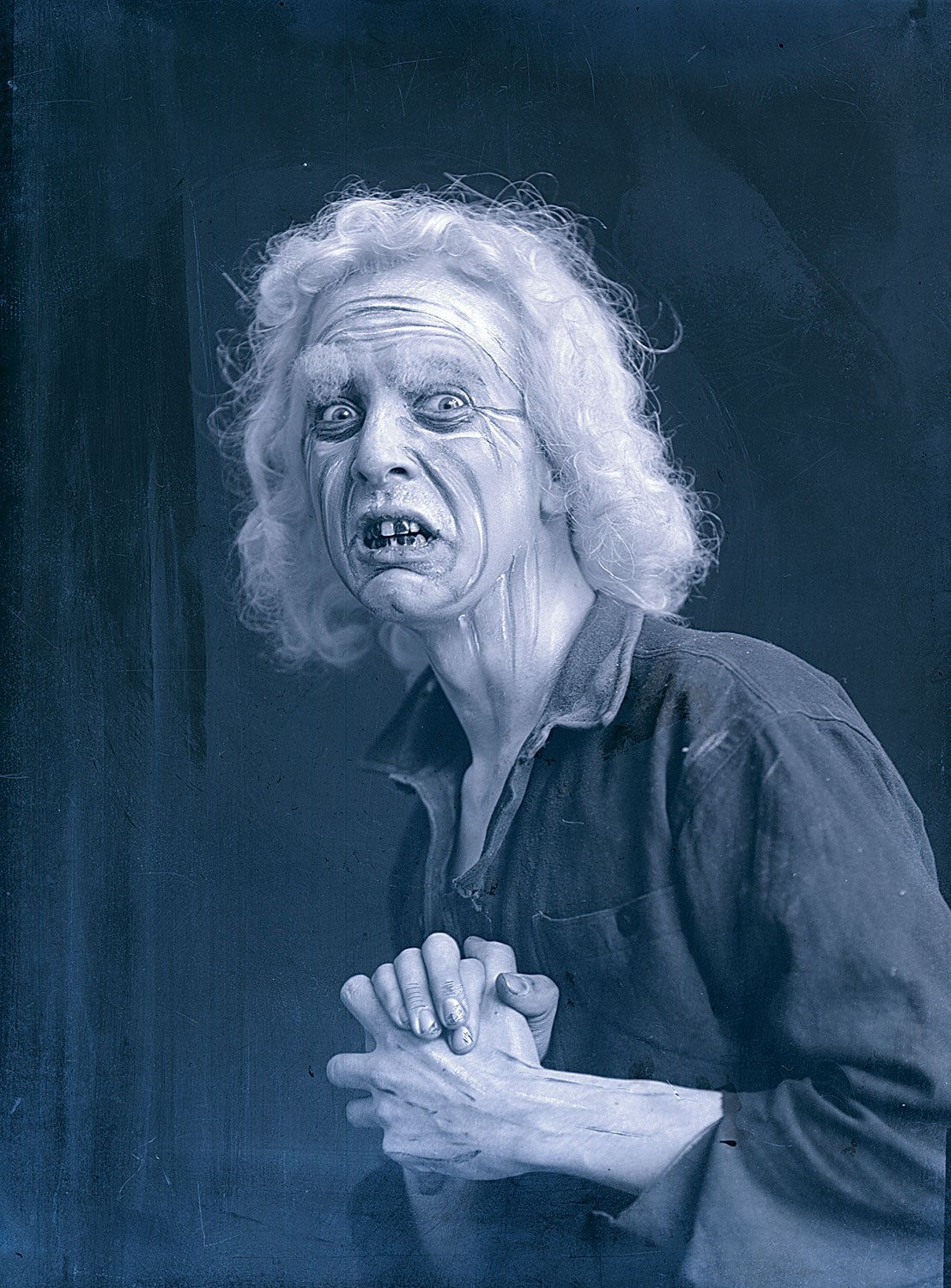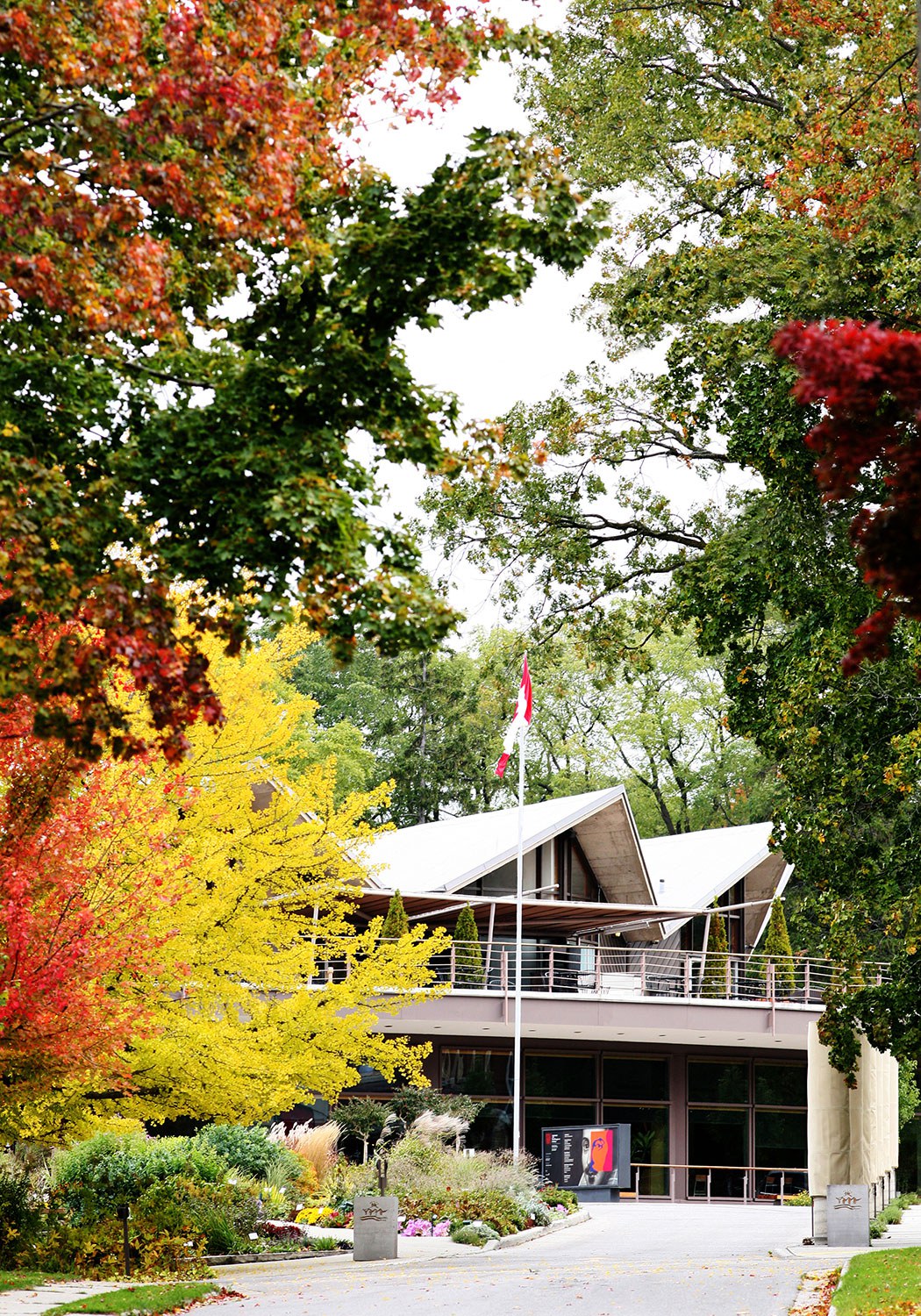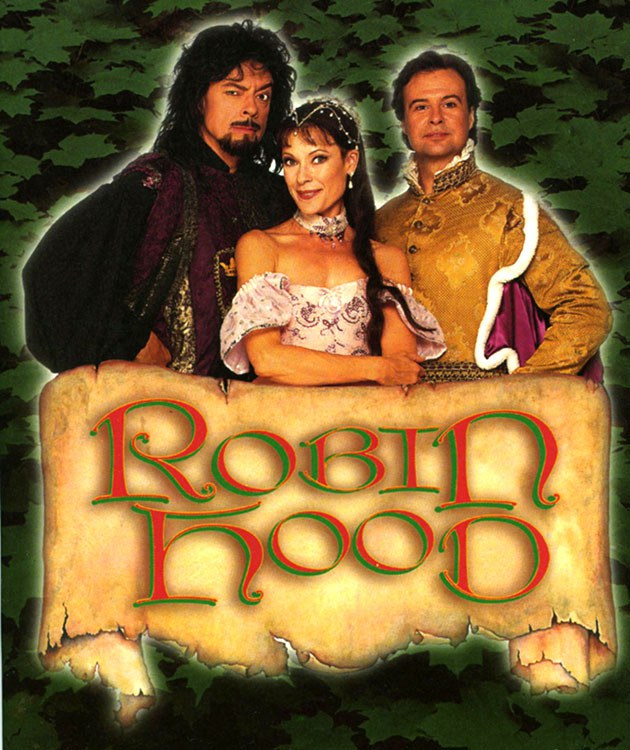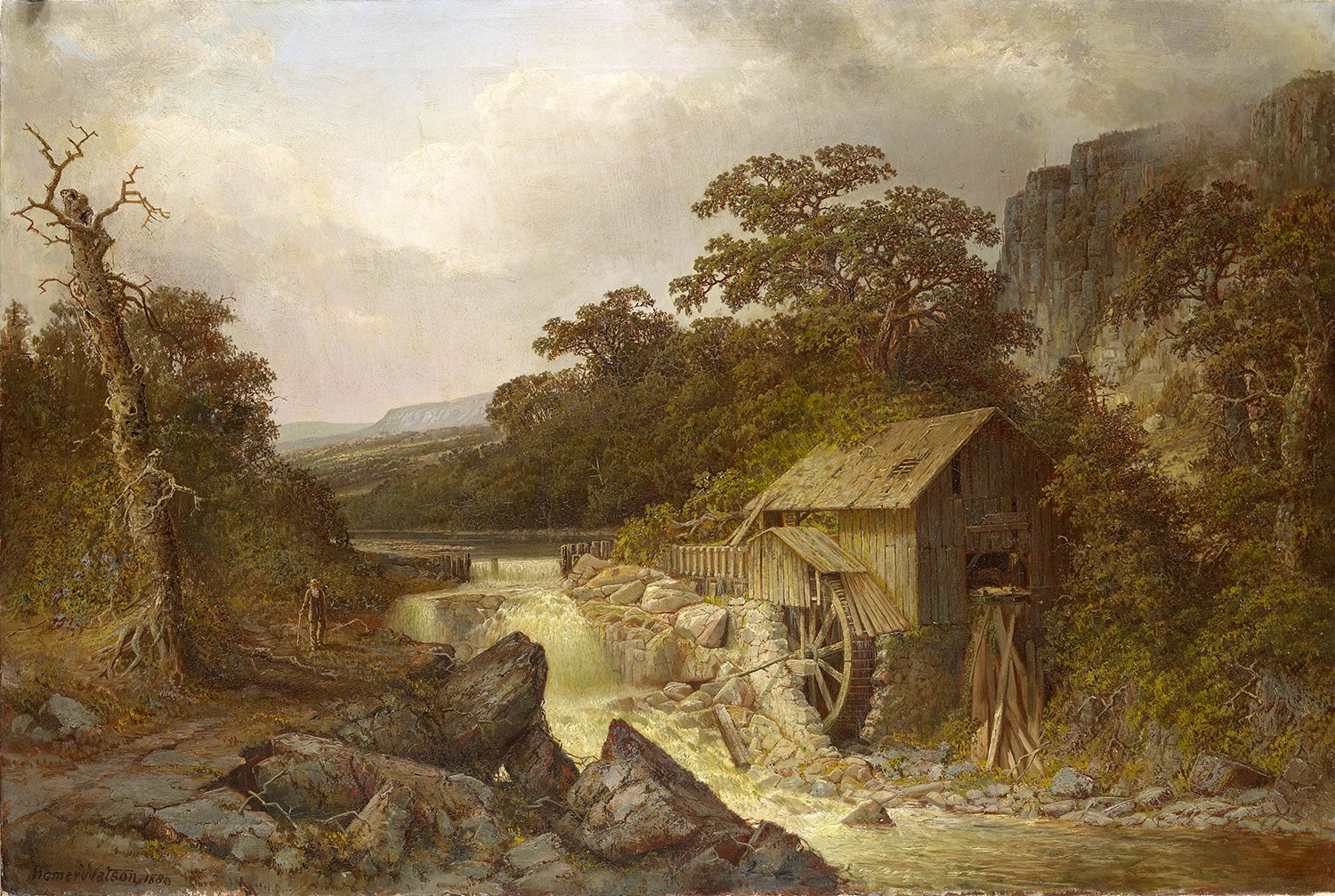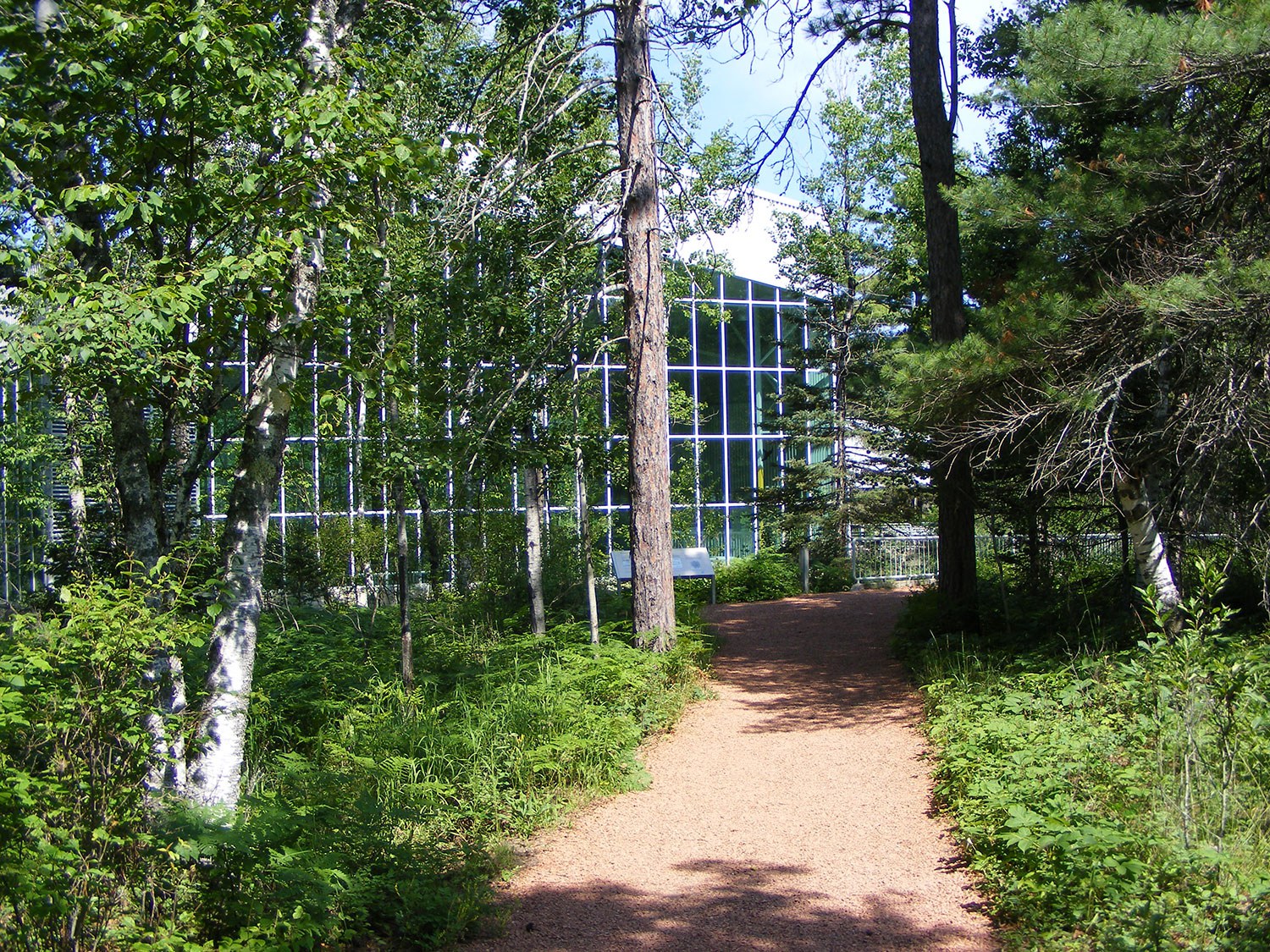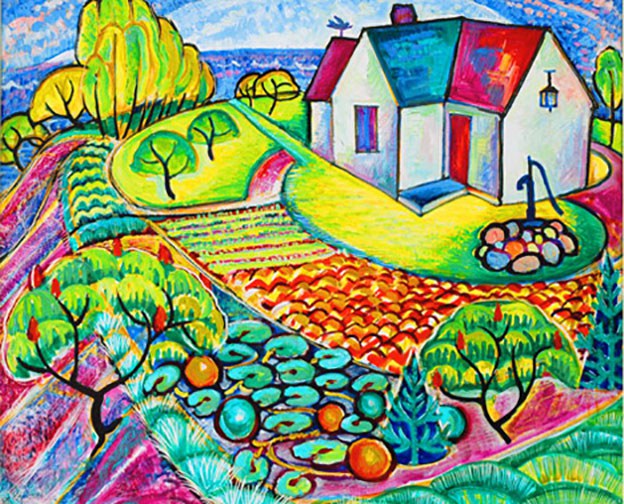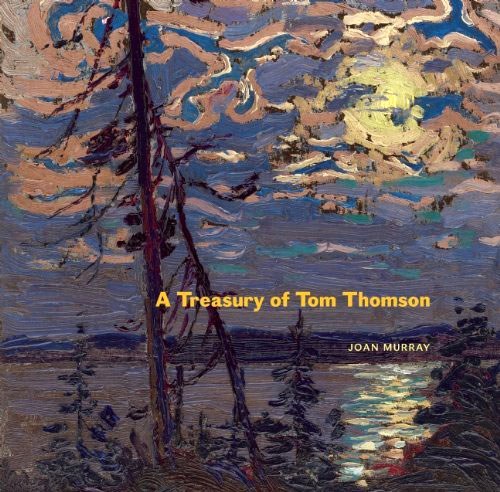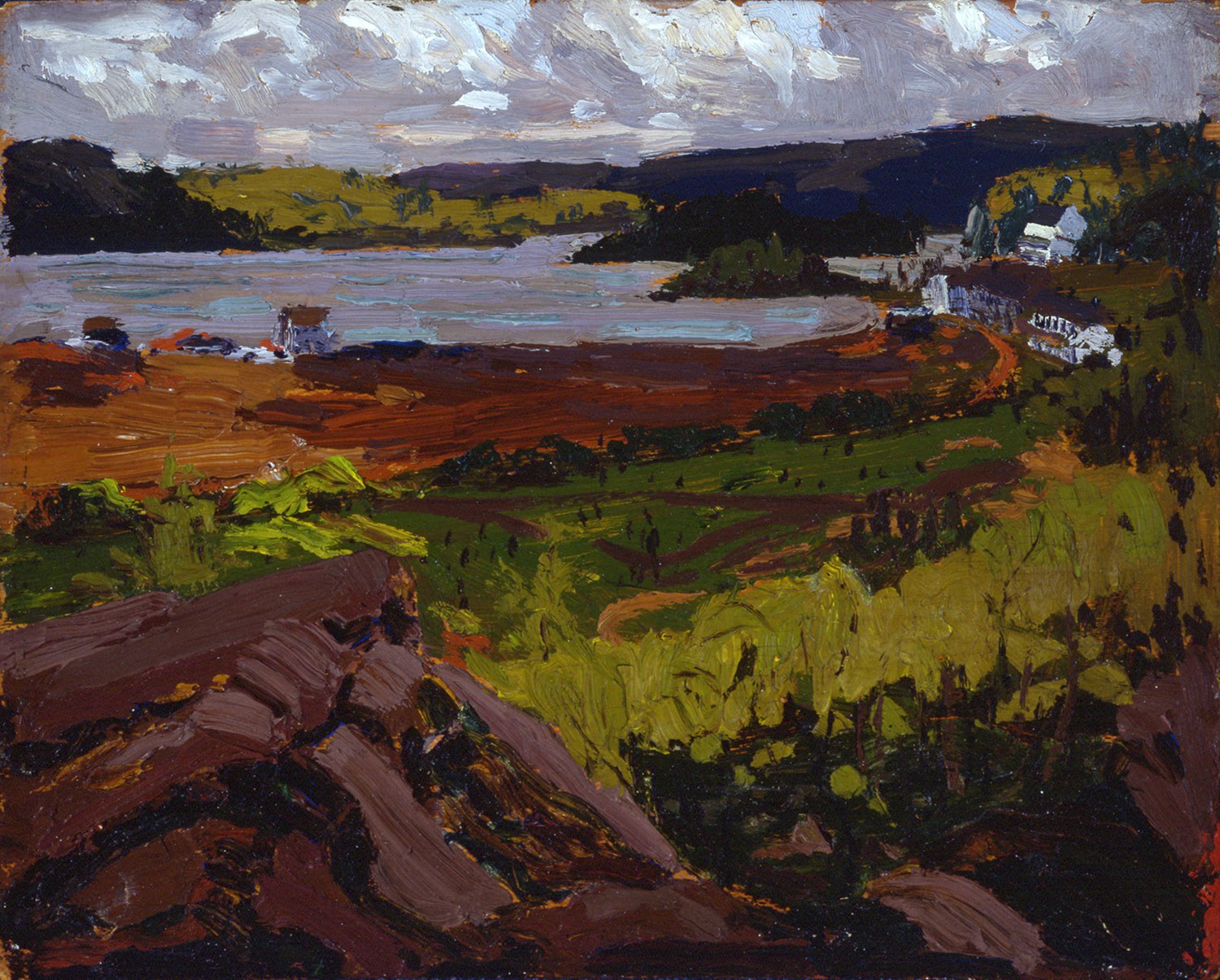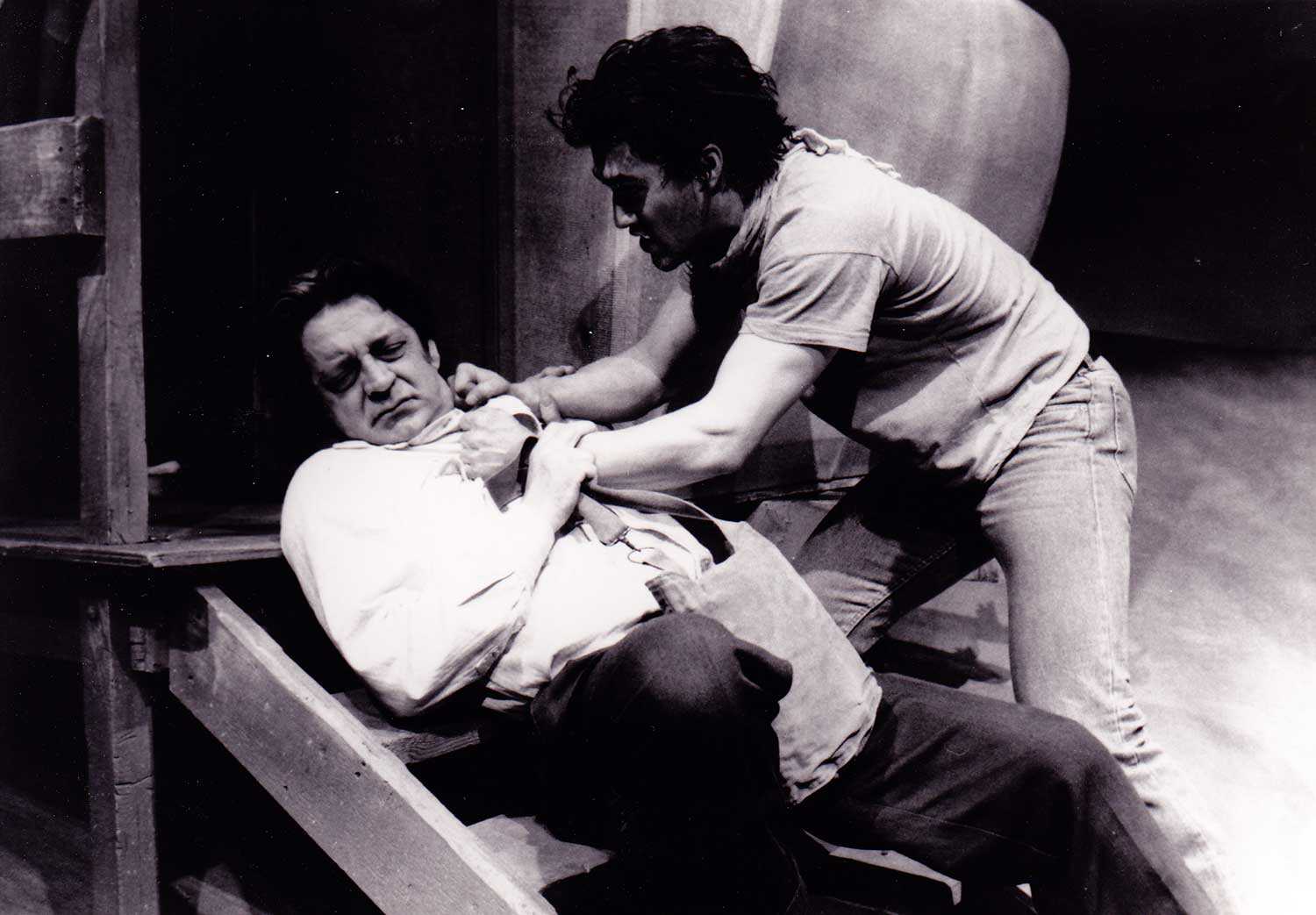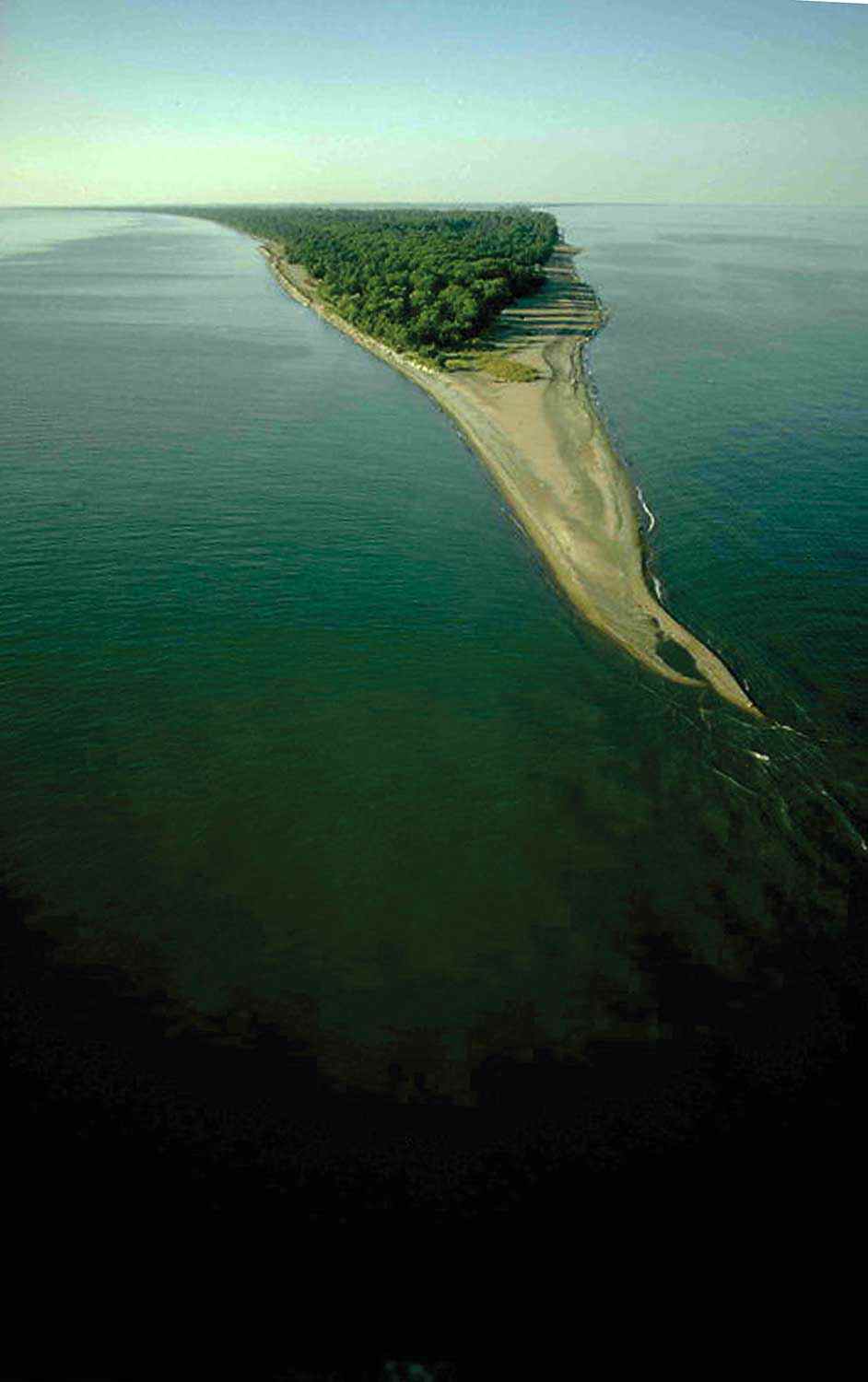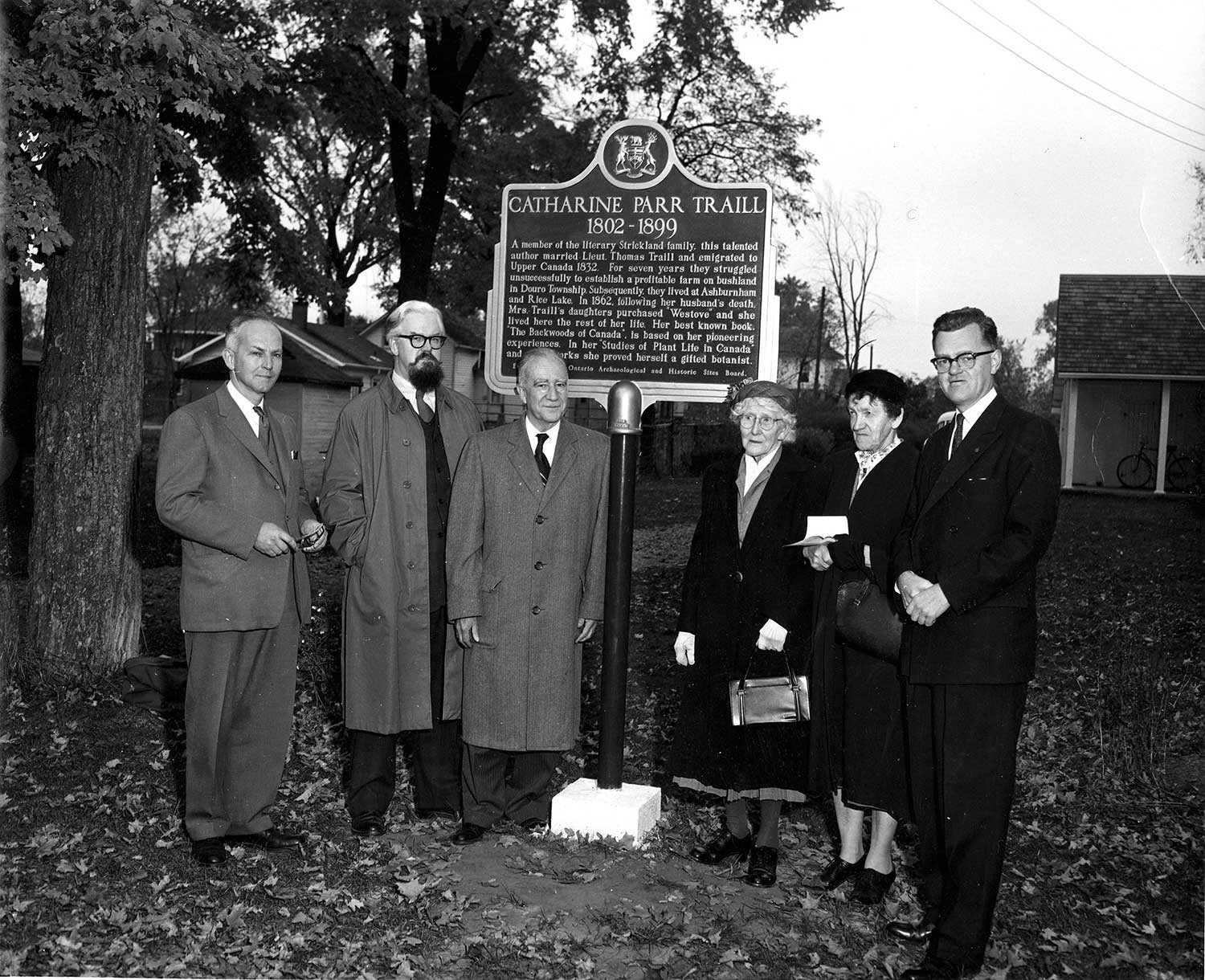

Browse by category
- Adaptive reuse
- Archaeology
- Arts and creativity
- Black heritage
- Buildings and architecture
- Communication
- Community
- Cultural landscapes
- Cultural objects
- Design
- Economics of heritage
- Environment
- Expanding the narrative
- Food
- Francophone heritage
- Indigenous heritage
- Intangible heritage
- Medical heritage
- Military heritage
- MyOntario
- Natural heritage
- Sport heritage
- Tools for conservation
- Women's heritage
Perspectives: The Elgin Theatre at 100
Buildings and architecture, Arts and creativity
Published Date: Sep 06, 2013
Photo: The Elgin Theatre (Photo: John Allman)
Looking back by Wayne Kelly
When theatre entrepreneur Marcus Loew brought Loew’s Theatrical Enterprises to Toronto in 1912, he envisioned an “intricate, moneymaking machine,” a double-decker theatre designed, decorated and equipped to be profitable by showing films and vaudeville acts. Vaudeville shows – songs, dances, gymnastics, ventriloquists, farces and light drama, from 10 to 15 minutes each – ran continuously in the lower theatre. In the upper theatre, the same show was presented once an evening to reserved, higher-priced seats, theoretically bringing two audiences to each show, thereby doubling the box office take.
To make his dream a reality, Loew purchased property in the theatre block between Yonge and Victoria streets, north of Queen Street, and enlisted the help of leading theatre architect Thomas White Lamb to design his Canadian flagship. Loew’s Yonge Street and Winter Garden theatres was the 48th theatre project designed by Lamb, and the first double-decker one in Canada.
The classical architecture of these theatres was typical of vaudeville stages, set apart by its lavish interiors. The lower theatre (the Yonge Street theatre), renowned for its “warmth of colour and coziness,” was decorated in modern French Renaissance style – with gilt, imitation marble, red damask and ornamental plasterwork of festooned grapes, ribbons and musical instruments. The Winter Garden, inspired by the European tradition of rooftop theatres, was enchanting. Its walls were decorated with garden murals. Beech leaves and branches were suspended from the ceiling, illuminated by every colour of twinkling light, above which floated a peaceful moon that was said to “suffuse its rays over the whole fairylike picture.”
The lower and upper theatres opened in December 15, 1913 and February 16, 1914 respectively. Both theatres presented vaudeville acts and silent moving pictures until 1928, when the Winter Garden was closed and Loew’s Yonge Street transitioned from vaudeville shows and silent movies to talkies, culminating in the golden era of moviegoing. Throughout its life, the theatre witnessed significant periods of Canadian history, and served a cross-section of Toronto society and people over time – from the First World War and the Great Depression to the Second World War and post-war economic boom.
After the lower theatre closed in 1981, the Ontario Heritage Trust acquired the building, restoring and upgrading it. The Elgin and Winter Garden theatres were designated as National Historic Sites in 1982, the double-decker complex being recognized as provincially and nationally significant for its architecture. The building is one of the few surviving theatres designed by Thomas Lamb, built during an experimental period in the history of theatre architecture. Its layout combines the 19th-century rooftop garden theatre with the 20th century movie palace – marking the transition from vaudeville shows to sound movies. Today, the Elgin and Winter Garden Theatre Centre is the last of its kind in operation.
Deluxe redux: Loew’s Yonge Street Theatre reimagined by Romas Bubelis
The autumn of 1989 was a remarkable time for Toronto’s theatrical community. Ambitious restoration plans for the Elgin, Winter Garden and Pantages theatres had been realized and these dormant historical theatres once again opened their doors to the public. Together with the venerable Massey Hall, this collection of performance spaces was collectively known as Toronto’s Theatre Block. It was in this context that the renewed Elgin and Winter Garden Theatre Centre (EWG) had been conceived.
In 1981, when the Ontario Heritage Trust stepped in and purchased the theatre, the Winter Garden had been abandoned for more than 50 years and the Elgin had just closed, creating a vacant building under threat. But the Trust had a plan – to revitalize the facility as a commercially viable heritage, cultural and economic resource for the performing arts, in support of Ontario’s growing indigenous commercial theatre industry.
The inherent design of the EWG presented challenges. The double-decker theatres were essentially vaudeville houses for continuous performance with no intermissions. Generous lobbies, washrooms and other amenities were considered unnecessary when the building was designed in 1913. The Grand Staircase to the upper theatre, despite its grandeur, carried with it concerns about patron comfort and safety. Back of house, an old stair tower rising 62 feet (19 metres) provided access to a warren of 23 small dressing rooms designed for actors scurrying between two simultaneous shows. In short, the historical theatre building, despite the opulence of its front-of-house spaces, lacked the basic infrastructure required for modern theatre production.
Project Architect Mandel Sprachman provided the needed amenities by incorporating the “cascading lobbies” – a series of new, interconnected terrace levels equipped with escalators and stairs, rising in stepped fashion above the Yonge Street lobby, connecting the various orchestra, balcony and mezzanine levels of the two theatre spaces. A new eight-storey addition was constructed adjacent to the theatre’s fly-towers, providing modern production, loading, dressing and rehearsal spaces. Additional administrative and lounge areas were provided through the excavation of a partial basement.
The most visible and anticipated aspect of the project was the restoration of the two theatre interiors. The Elgin had suffered extensive alterations through its declining years of use as a movie theatre. The proscenium arch had been destroyed to accommodate a wider screen and the opera boxes had disappeared. With the original architectural drawings and archival photographs as reference points, the interior of the Elgin with its gilt ornamental plaster surfaces, red damask wall coverings and imitation marble features was painstakingly restored or reconstructed.
By contrast, the Winter Garden had remained a virtual time capsule since its closing in 1927. Its one-of-a-kind interior of scenographic, garden-themed murals needed only to be cleaned and touched up. The hanging leaf ceiling with patio lanterns was replicated using local beech trees and the missing theatre seating was replaced. The assembly of rare trade skills needed to perform this work spurred a renewed interest in long-forgotten architectural decorative arts.
The reimagining and restoration of the EWG was the largest project of its kind in Canada. Today, it remains a unique example of Ontario’s theatrical heritage.
Remount: Revisiting Loew’s Yonge Street and Winter Garden theatres by Brett Randall
Julius Bernstein, one of the first General Managers of Loew’s Yonge Street and Winter Garden theatres, would find both differences and similarities between today’s Elgin and Winter Garden Theatre Centre and the grand building he managed in 1913. For more than 30 years, Bernstein oversaw the transition of the theatres from a populist vaudeville house to a cinema that showed first-run movies such as Gone with the Wind in full colour Cinemascope with surround sound.
While much of what Bernstein managed has been restored, he would still no doubt be impressed by today’s plush seating with ample leg room, better sightlines, improved audience amenities and production support facilities that performers and technicians in his day could only dream of. While much of the technical side of theatrical performances is automated, audiences have changed very little. People still gasp in their seats when an actor “magically” disappears through a trap door in the stage and then reappears later in a ghostly form through smoke and mirrors – just as they did in 1913. And, indeed, just as they’ve done in theatres throughout the ages.
Not only has the Ontario Heritage Trust successfully restored Marcus Loew and Thomas Lamb’s 1913 vision, it has also adapted the theatres to meet the needs and expectations of today’s audiences. Each theatre sits comfortably in the intermediate range offered by Toronto theatres, with the Elgin being large enough to stage full-scale musicals, and the Winter Garden a bit smaller but still large enough to be a stepping-stone venue for emerging talent.
Today, the Elgin Theatre is regarded by patrons and performers alike as one of the best venues in North America. Its ambience allows an audience to appreciate theatrical talent at its best. Where else could Opera Atelier so successfully achieve the accolades it receives for its brilliant productions of baroque opera? Or Ross Petty present his popular family musicals for nearly 20 years? Or the legendary Christopher Plummer portray earlier legend, John Barrymore, so convincingly? Patrons of the Toronto International Film Festival (TIFF), too, return every year to spend 10 days at the Elgin and Winter Garden Theatre Centre, which is regarded as one of the best TIFF venues.
Upstairs from the Elgin, the Winter Garden Theatre has emerged as one of the best mid-sized concert venues in Toronto for jazz, blues, new music and stand-up comedy due to its superb acoustics. It, too, has become a venue for TIFF, following the installation of a new surround sound system. It may have taken nearly 100 years, but talkies have finally arrived at the Winter Garden!
Were Julius Bernstein, Marcus Loew and Thomas Lamb to walk through the Yonge Street entrance today, they would instantly feel at home. The marvel that they created and managed still thrills its audiences as much as the shows they’ve come to see, and continues to make that unique experience one that keeps theatre alive.
Looking forward by Beth Hanna
Walk with me through the lobby of the Elgin and Winter Garden Theatre Centre. Feel the anticipation as we pass the mirror-lined, columned entranceway. For me, there is a growing sense of wonder of being in a special place.
We pass through the stained-glass doors towards the theatres themselves. We can continue forward to the magnificent Elgin Theatre, filled with classical motifs, rich gilded finishes and marble-inspired scagliola. Or up seven storeys to the Winter Garden – an atmospheric theatre with trailing vines, beech leaves and hand-painted garden murals.
We settle into our seats, aware of the patrons around us, to share this live-theatre experience. The curtain rises and the magic begins. This personal connection between the audience, performer and the stage is not available in most art forms. And so it has been for 100 years.
But what about the next 100 years? How do we ensure that this experience continues into the 21st century – the age of digital media and reality television? Connecting the audience not just to the stage, but to the building itself. To conserve this National Historic Site is about more than safeguarding the building and its special architectural features – although being good stewards is a critical part of the Ontario Heritage Trust’s role. This is the last operating double-decker theatre in the world – a huge part of our cultural identity as a city, a province and a nation.
Conserving the theatres also includes telling the story of how they were created and for whom, the story of the performers and audiences that have come together over time. They are inextricably linked to other performance spaces, like Massey Hall, and form part of the living memory and culture of our community. Conserving them is about sharing our understanding of why they are valued and protected, how they enrich the quality of the urban landscape, and the unique role they play in inspiring artists.
How do we provide the public with new and innovative opportunities to interact with the space, with the opportunity to experience live theatre, and to understand better how both have evolved over time? Located on one of Canada’s busiest streets, with 65,000 square feet (6,039 square metres) of programming space, how do we open the doors in new ways to more diverse audiences? Our Yonge Street neighbourhood is changing, with residential units blending with the developing commercial, university and retail landscape, with the theatre centre evolving accordingly.
For many years, the Elgin and Winter Garden Volunteers have offered twice-weekly tours, lifting the curtain to the world behind the scenes. Through the generosity of the RBC Foundation and working in partnership with Ryerson and OCAD universities, the Elgin and Winter Garden theatres, in addition to being a stage and screen venue, will add gallery space, featuring the work of emerging visual artists. Similar collaborations are being explored that will further enliven the celebration and interpretation of this site, creating a vibrant arts, cultural and hospitality hub.
These vibrant theatres make the past tangible, relevant and understandable – a truly inspiring setting for music, theatre, dance and film, for visual arts and cultural expressions of all types. So come, explore and stay awhile. The magic awaits.


